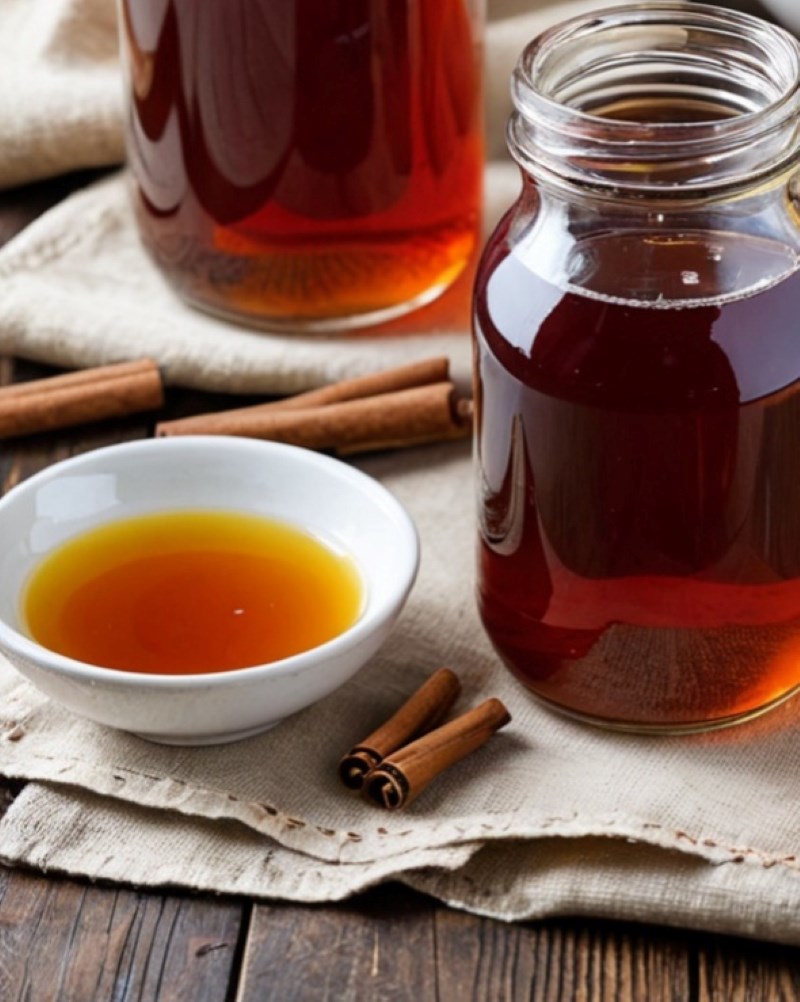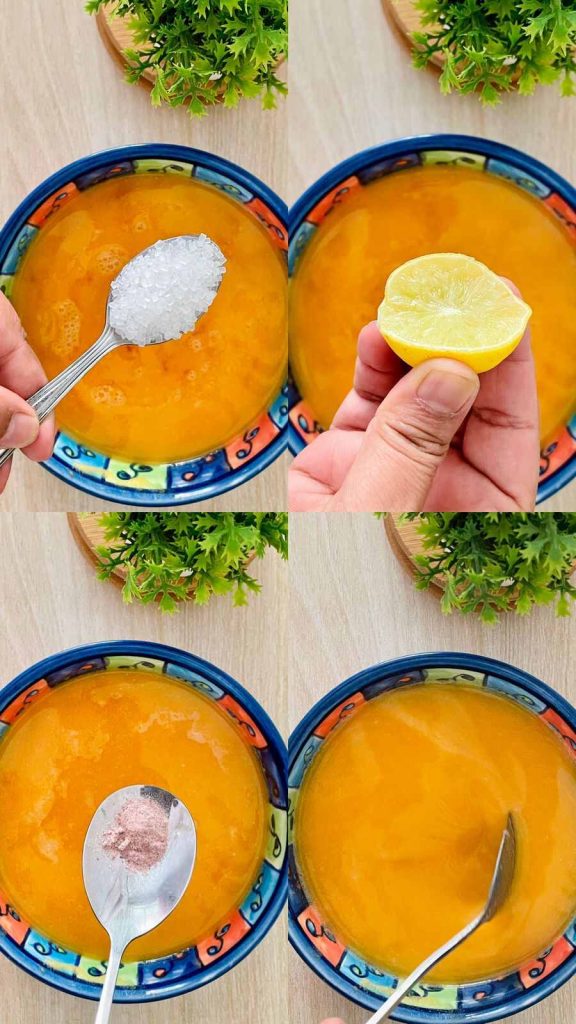
My child goes to school at 7.30 am. My only struggle and concern in the morning has been his breakfast. He doesn’t like to have anything in the morning except for a glass of milk. The school recess starts somewhere around 10 am. So this long gap between waking up and the school recess always troubled me. I wanted to make him have something substantial, something that can sustain him till 10 which can’t happen with just a glass of milk.
So here is a Healthy Drink Recipe that I would love to share with you all. This drink contains dates, nuts, seeds and cacao powder.
- The dry nuts and seeds are soaked overnight. Soaking nuts and seeds before consuming has innumerable benefits as said by many nutritionists. Soaking nuts and seeds, starts the germination process which activates enzymes making it easily digestible and the nutrients present are better absorbed. Also, nuts and seeds by nature are protected by phytic acid which is a mineral binder. Soaking them, breaks the phytic acid which in return makes it easily digestible and increases the bioavailability of nutrients.

- Raw cacao powder is a storehouse of many antioxidants and magnesium. Calcium alone does nothing to your bones. We need magnesium in our diet to absorb calcium. This is the easiest and yummiest way to ensure that your child is getting their daily dose of magnesium.
Difference between Cacao Powder and Cocoa Powder
Cacao beans are dried fermented, and heated at a low temperature. The heat separates the fatty part of the bean from the rest. Cocoa powder on the other hand, is harvested the same way as cacao but heated at a high temperature. This difference in processing helps cacao powder retain its nutrients and antioxidants properties while cocoa powder is more processed, decreasing its nutrients and antioxidants.
Are the claims made by Store Bought Health Drink Powders True?
As a mother it’s our duty to provide our child with best nutrition possible. Pick up the boxes of these health drinks and read the ingredients. The first ingredient is the dominant one followed by the second and so on. The dominant ingredients are malt extract or malted barley, sugar, liquid glucose, wheat, soy and vegetable oils.
If you compare the ingredients of these drinks, you will realize that you do not need this highly addictive sugary fat filled powder to be added to a healthy glass of milk. In simple words, these “so called health drinks” mainly consists of- grain, sugar, processed junk, preservatives, salt, artificial vitamins & minerals which are difficult for kids digestive system to absorb, even the proteins it contains is low quality crap.
Malt extract is made from grain and has the same effect as refined sugar. Main carbohydrates in malt syrup is Maltose that has very high glycemic index even higher than table sugar which will likely not have a gentle effect on your child’s blood sugar levels. It also results to cavities and tooth decay.
Why look for expensive milk powders which are full of synthetic vitamins, minerals, flavors, hidden sugars etc when this simple nutritious easy to prepare drink can solve the purpose. It is also inexpensive and much better nutrition wise. It is never about the quantity of nutrients. It is always about the quality. Dates milk has also been glorified in Ayurveda for centuries. It helps to balance Vata and Pita doshas.
There is no food that is as nutritionally dense as real food. If your kid is a picky eater, train them to eat real food. Don’t let those stupid ads play on your mind and heart. Make sensible choices.
Recipe: serves 1
Ingredients
- Milk: 1 cup
- Sticky Dates: 1 or 2 (depends how sweet your child likes it)
- Almonds: 5 to 6
- Walnut: 1/2
- Mixed seeds: 1/2 tsp
- Cacao powder: 1 tsp

Instructions
- Simply soak sticky dates for 5-6 hours or overnight. It will reduce the heat and will also make dates easy to digest.
- Soak almonds, walnut and mixed seeds overnight.
- Add milk in a blender. Chop dates and nuts. Add dates, nuts, seeds and cacao powder to milk.

- Blend everything on high speed. Sieve if your child is fussy about small bits coming in the mouth and serve warm or cold.

Variations
- If your child is lactose intolerant, then you can make this drink with coconut milk or any other plant based milk of your choice. This can even be made with water
- You can use nuts of your choice. If you don’t want to use seeds, that’s totally fine too.
- There are days, I like to add peanut butter along with spice powder to it.

- You can add more flavor to this drink like pure vanilla extract, all spice powder or cinnamon powder.
I hope your child enjoys this drink as much as my child does. Do let me know in the comments section if you enjoyed reading this and want more such recipes. Stay Healthy! 🙂




















